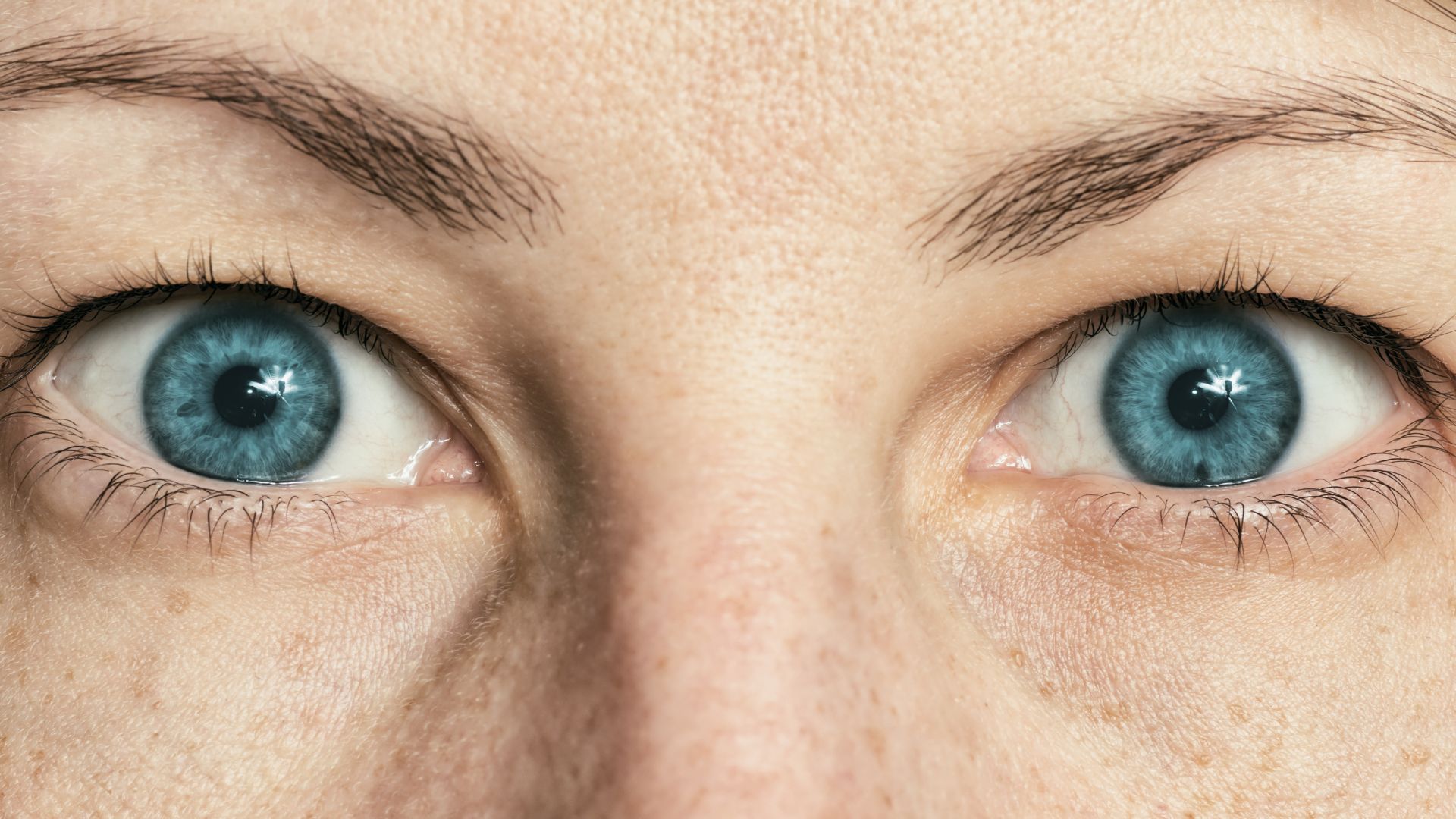Eye Miosis: Causes, Symptoms, and Treatment
What is Eye Miosis?
Eye miosis describes a situation in which the pupils of the eyes are always too small, regardless of light or dark conditions. Small pupils let in less light to the eye, thus making clear vision challenging [1].

Ordinarily, the pupil can alter its size between 2 to 8 mm during the day, based on lighting conditions. The pupil size in adults typically ranges from 2 to 4 mm in bright light and from 4 to 8 mm in darker conditions. Generally, the pupils of both eyes are the same size, whether in light or dark conditions. The pupil constricts in bright light to shield the eye from excess light from entering the eye. Miosis happens when a pupil stays shrunken even when not in bright light. Pupils are abnormal if they fail to dilate in the dark or constrict in brightly lit conditions.
Causes
Age: Newborns’ pupils remain small for about fourteen days for their eyes to have extra shield from bright light. As you age, your pupils are inclined to get smaller too. The muscles that operate your pupils could weaken as you get older, making it tougher for you to have clear vision.
Eye Inflammation: Your pupils would find it hard to enlarge when your eye swells. If you have a condition called uveitis, which is swelling in your iris, you could have miosis too.
Medicinal side effects: Narcotics (prescribed or illegal) as well as some seizure, muscle spasm or anxiety medications such as valium or antihistamines like diphenhydramine (Benadryl) can make your pupils shrink.
Genes: Congenital miosis or microcoria is hereditary especially when one or both of your parents transmit a problem gene down to you, affecting one or both eyes. Consequently, you may also have myopia and encounter challenges seeing faraway objects. Too much pressure inside your eyeball may also result in glaucoma.
Horner’s syndrome: This rare condition that happens after a neck injury, surgery or due to genetics can result in one of your pupils being smaller than the other. Also, you can also get this condition if your chest, neck, or brain fails to form properly. If you have an uncommon type of cancer called neuroblastoma or a tumor in another part of your body, you may not be spared from this condition either.
Symptoms of Horner’s syndrome include:
- Droopy upper eyelid
- Elevated lower eyelid
- Lighter eye color in the eye with miosis
- Less sweat on the side of your face with the miotic eye
Some other causes of miosis include:
- Neurosyphilis (a bacterial infection in your brain that due to unaddressed syphilis, a sexually transmitted disease)
- Deficiency of vitamin D
Symptoms
When your pupil shrinks (constricts),you have miosis. If your pupils remain small even in dark conditions,things in your eye may not be functioning the way they should. You may suffer from abnormal miosis in one or both of your eyes [2].
Diagnosis
Your doctor would examine your eyes in a dark room to determine if you have abnormal miosis by asking you to look at a faraway object. Other things your doctor will check include:
- The size of your eyelid opening
- The size and shape of your pupils
- Equal pupils size
- The position of your pupils
- Response of your pupils to bright light
Normal pupils typically measure 2 to 4 millimeters in bright light and 4 to 8 millimeters in the dark. Your doctor can measure your pupils in both eyes to determine how they shrink and grow.
Sometimes, your doctor may use drops that enlarge your pupils to see how yours reacts. Otherwise, he or she may get images of your chest, brain, or neck to check for signs of Horner’s syndrome.
Treatment
Treatment would differ based on the cause of your abnormal miosis. Long-lasting dilating drops (atropine) can be given to enlarge your pupils if the underlying reason is eye inflammation.The effects of these drops can last up to 2 weeks.
Various tests may be needed to determine how to treat Horner’s syndrome. Any case of miosis should warrant a visit to the eye doctor. While constricted pupils are not a disease, they can display an underlying medical condition that could be a hazard to overall good health.
Miosis could reveal serious medical conditions like pesticide poisoning or opioid dependency. Left unaddressed, these problems can be life-threatening.Seek emergency medical attention immediately [2]. Anterior uveitis that causes miosis should also be cause for medical concern as it may cause blindness and permanent eye damage if left untreated [1].
References
[1] “Miosis (constricted pupils): Causes and when to see a doctor,” MyVision.org, 03-May-2022. [Online]. Available: https://myvision.org/eye-conditions/miosis/. [Accessed: 14-Sep-2022].
[2] R. R. Ellis, “Eye miosis: Causes, symptoms, and treatment,” WebMD. [Online]. Available: https://www.webmd.com/eye-health/eye_miosis_facts. [Accessed: 14-Sep-2022].
Tools Designed for Healthier Eyes
Explore our specifically designed products and services backed by eye health professionals to help keep your children safe online and their eyes healthy.

